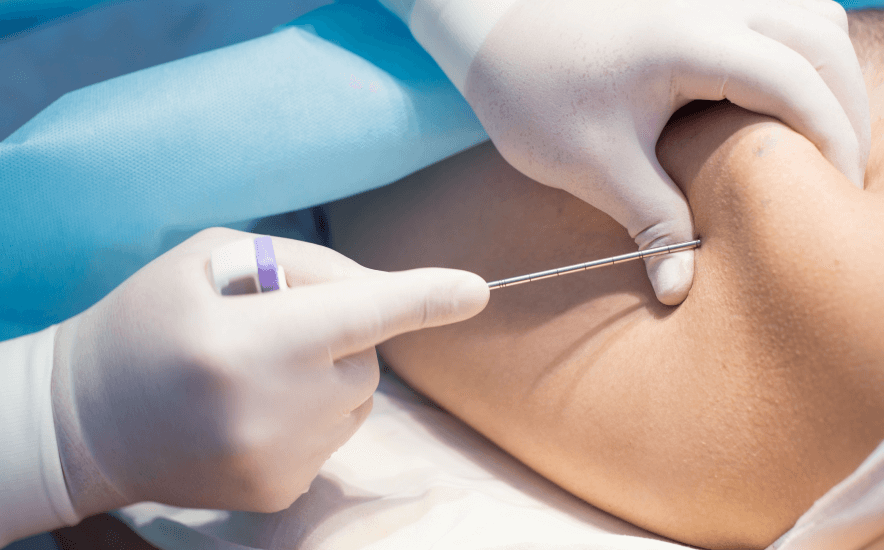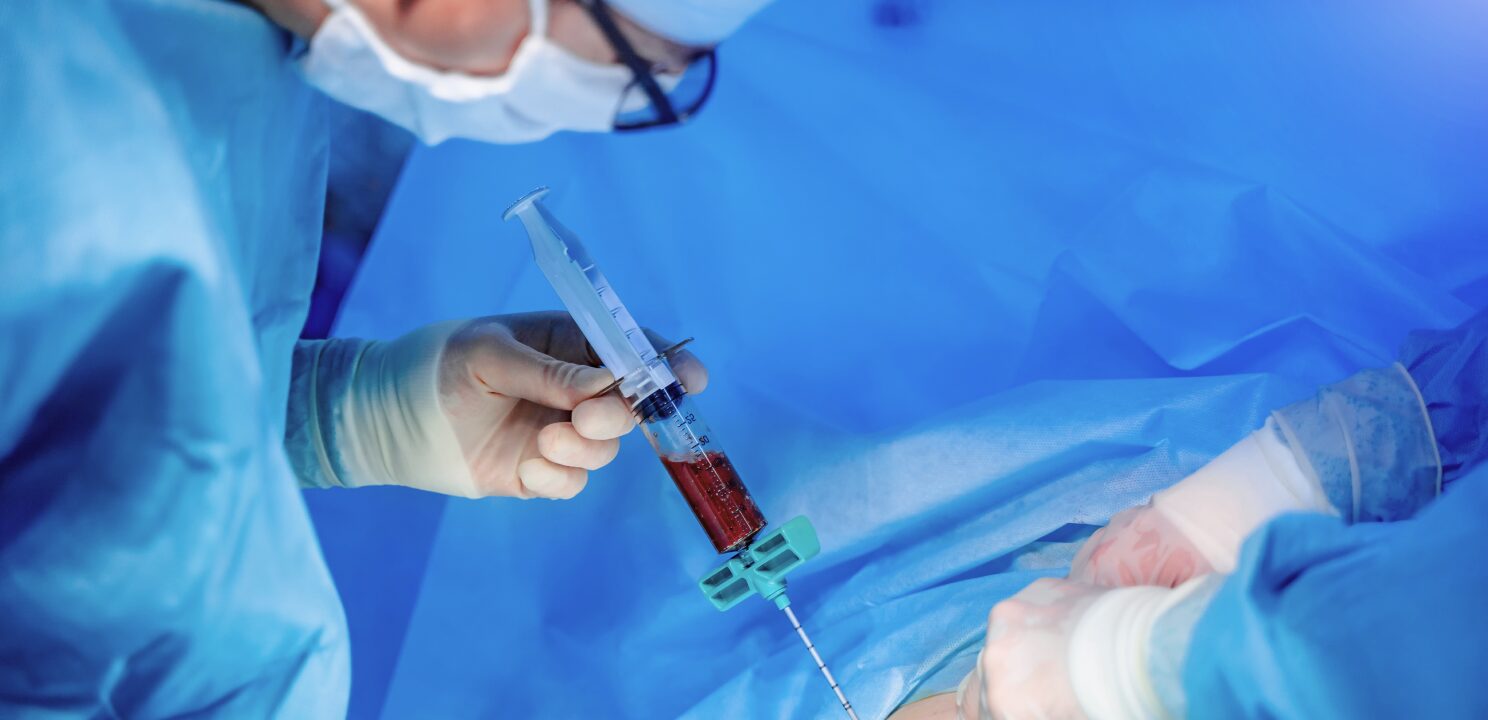What is Bone Marrow Aspirate?



Benefits
Promotes Natural Healing
Reduces Pain & Inflammation
Accelerates Recovery
Minimally Invasive
Longer-Lasting Results
Improves Joint Function
Low Risk of Side Effects
Reduction in Medications
Expanded Guide
Bone Marrow Aspirate (BMA) is a regenerative medicine technique that uses a patient’s own bone marrow cells to promote healing and tissue repair, particularly in damaged joints, tendons, and other musculoskeletal tissues. BMA therapy is highly valued in orthopedics and sports medicine as a natural, minimally invasive option for treating chronic pain, osteoarthritis, cartilage damage, and ligament or tendon injuries. By harnessing mesenchymal stem cells from bone marrow, BMA therapy stimulates the body’s own repair mechanisms, reducing inflammation and promoting tissue regeneration.
How BMA Therapy Works
Bone marrow contains a mix of cells, including mesenchymal stem cells, which are essential for tissue repair due to their ability to differentiate into a variety of cell types, such as bone, cartilage, and muscle cells. These stem cells also release growth factors and cytokines that play a vital role in reducing inflammation and accelerating healing. During the BMA procedure, a small amount of bone marrow is aspirated, typically from the patient’s pelvic bone. The area is numbed with local anesthesia to minimize discomfort, and a needle is inserted into the bone to draw out a small quantity of marrow.
Once collected, the marrow is processed in a centrifuge to concentrate the stem cells and growth factors. This concentrated solution, now rich in regenerative cells, is then injected directly into the injured or damaged area, such as a knee joint with osteoarthritis or a partially torn tendon. Ultrasound or X-ray guidance is often used to ensure precise placement of the injection, maximizing the effectiveness of the treatment. The entire process is minimally invasive, usually takes less than an hour, and is performed on an outpatient basis, allowing patients to go home the same day.
Conditions Treated with BMA Therapy
Bone Marrow Aspirate therapy is used to treat a range of musculoskeletal conditions. It is commonly applied in cases of osteoarthritis, where the regenerative cells can help repair cartilage and improve joint function, providing relief from pain and stiffness. BMA is also used for tendon and ligament injuries, such as partial tears, as well as for cartilage damage in joints like the knee, shoulder, and hip. For athletes and active individuals, BMA offers a potential solution for accelerating recovery and returning to activity more quickly, without the prolonged recovery associated with surgical intervention.
Benefits
Bone Marrow Aspirate (BMA) therapy offers multiple benefits for patients seeking a natural and effective approach to healing and pain relief. By using the patient’s own stem cells, BMA promotes tissue repair and regeneration, stimulating the body’s natural healing process. This therapy helps reduce pain and inflammation, making it beneficial for chronic conditions like osteoarthritis and other joint-related issues. BMA can accelerate recovery in soft tissue injuries, allowing patients to return to daily activities more quickly. As a minimally invasive procedure, BMA is performed with a simple needle, requiring no major incisions or lengthy recovery, offering a convenient alternative to surgery. By addressing the underlying damage rather than just masking symptoms, BMA provides longer-lasting relief and can slow the progression of degenerative conditions, improving joint mobility and overall function. Since BMA uses the patient’s own cells, there is a low risk of adverse reactions or rejection, making it a safe treatment option. Additionally, BMA can reduce the need for surgery or long-term medications, providing a sustainable solution for managing pain and enhancing quality of life.
Conclusion
Bone Marrow Aspirate therapy is a powerful tool in regenerative medicine, offering a minimally invasive approach to healing for patients with chronic joint pain, injuries, and degenerative conditions. By concentrating stem cells and growth factors from the patient’s own bone marrow, BMA therapy supports the body’s natural ability to repair damaged tissue, reduce inflammation, and improve mobility. With high rates of patient satisfaction and pain relief, BMA is a valuable alternative for those who wish to avoid surgery or reliance on medications. As an outpatient procedure with minimal downtime, Bone Marrow Aspirate therapy provides a promising option for restoring function, reducing pain, and enhancing quality of life.
Frequently Asked Questions
Have more questions? Schedule a consultation with Dr. Patel to gain additional insights and discuss treatment options. We are committed to advancing your health through patient education and a safe, minimally invasive approach.
Gramercy Center
Take the first step towards a healthier life by scheduling your initial consultation with Dr. Patel. At our clinic, we specialize in minimally invasive procedures that offer faster recovery, improved function, and decreased pain. Our client-centered approach ensures that you receive the highest quality care tailored to your unique needs. We look forward to offering you an exceptional experience.
